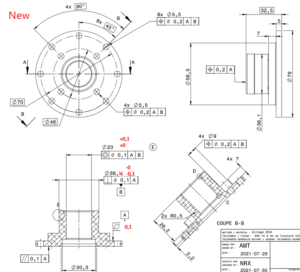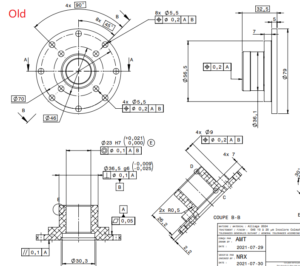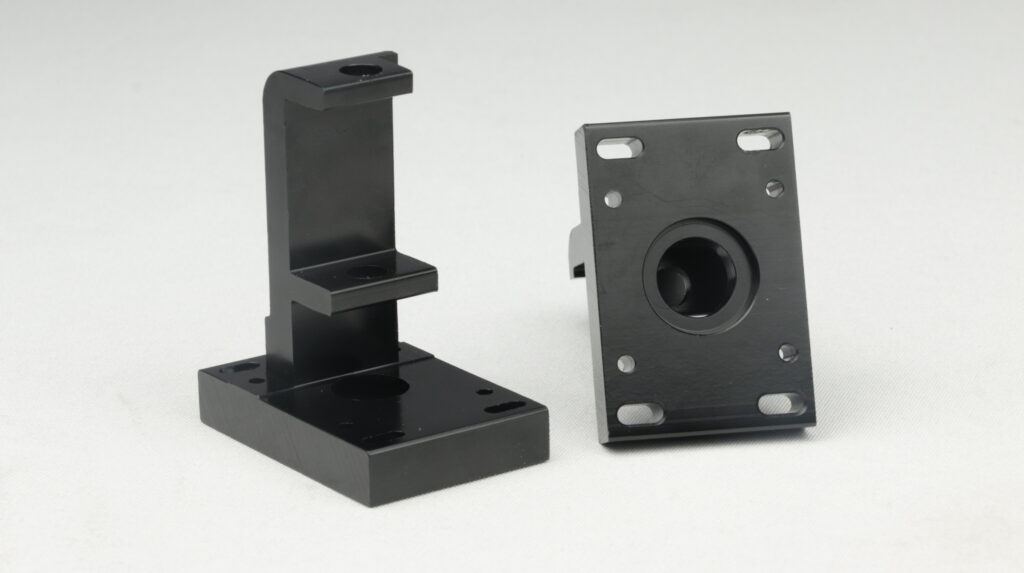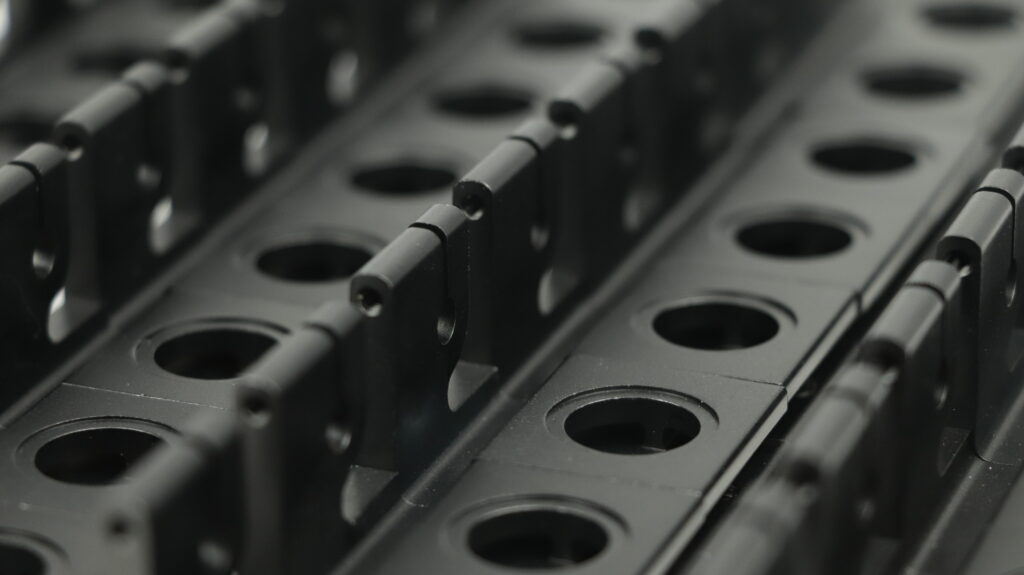What can affect my prototype part price?
The price of prototype parts can be influenced by various factors, which must be carefully considered to make informed decisions. In this article, we will explore these factors and provide recommendations to help you understand what can affect the price of your prototype parts and how to mitigate any potential cost implications
Elements that Influence Prototype Part Price
Material Selection: focus on the properties required
Although it is important to prioritize material quality, it is not always necessary to utilize all of its properties for a specific application. It may be worth considering a switch to a more machine-friendly or cost-effective material option.
When it comes to steel, conventional steel can serve as a mechanical substitute for stainless steel, with the primary distinction being its resistance to corrosion. Similarly, within the Alloy category, choosing aluminum alloy 1050 over 2017 can result in a cost reduction of approximately 25%.
In the case of plastic materials for example, substituting ABS for ABS/PC can be considered. Although there may be a slight impact on mechanical performance, such as bending and impact resistance, it is possible that the desired functionality can still be achieved.
Precision : Limit use of tight tolerances.
Achieving tight tolerances can be challenging, as it prolongs machining time and necessitates manual inspection. Therefore, it is crucial to carefully select dimensions that require tight tolerances.
Our standard tolerance is suitable for many features and offers optimal performance.
The primary recommendation to lower your costs is to prioritize design optimization. This step can have a significant impact on cost reduction.
Quantity: order in bulk
The principle of economies of scale has a significant impact on part prices. Certain setup costs are fixed, and as the production volume increases, these costs can decrease exponentially for specific production methods.
Therefore, it is essential to consider the quantity of parts needed when optimizing your budget. By taking volume into account, you can leverage economies of scale to potentially reduce costs and maximize cost-effectiveness.
We recommend using 3D production for the first parts, allowing optimization and corrections. Then to move on to other more profitable production methods for large quantities, once the designs have been validated.
Surface Finish and Treatments
When considering surface finishes and treatments for your prototype parts, it’s essential to balance your desired aesthetic or functional requirements with cost considerations.
Collaborating with experienced surface finishing specialists can ensure that these processes are executed accurately, resulting in high-quality prototype parts with the desired appearance and performance.
At Prototech, our skilled professionals specialize in a wide range of surface finishes and treatments. We collaborate closely with clients, providing tailored solutions to meet their specific requirements. With state-of-the-art equipment and a commitment to quality, we deliver exceptional finishes that enhance the aesthetic appeal and functionality of prototype parts.
Lead Time
It’s important to consider the trade-off between lead time and prototype part prices. While shorter lead times may be desired for time-sensitive projects, they often come with higher costs.
Urgency in prototype part production often leads to increased costs due to expedited production and shipping. This includes expenses such as overtime labor, expedited material procurement, fast-tracking production processes, and higher shipping fees.
Recommendations
- Carefully consider material selection based on cost and availability to ensure economic feasibility and timely production.
- Simplify the design without compromising functionality to streamline manufacturing processes and reduce overall costs.
- Evaluate the quantity needed to optimize cost per unit, considering economies of scale and potential bulk discounts.
- Choose the most cost-effective manufacturing process for your requirements, taking into account factors such as labor, equipment, and material costs.
- Balance the desired surface finish and treatments with cost considerations, finding a compromise between aesthetics and affordability.
- Plan the lead time effectively to avoid unnecessary rush costs by considering production timelines, supply chain logistics, and potential bottlenecks, ensuring a smooth and efficient manufacturing process.
Conclusion:
The overall theme for reducing costs is simplicity. You must find the right compromise with the essential criteria for your project and its application. Contact our experts for more personalized advice.






 We don´t share your data.
We don´t share your data.